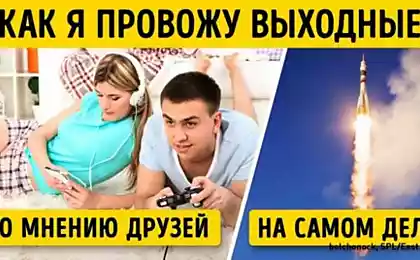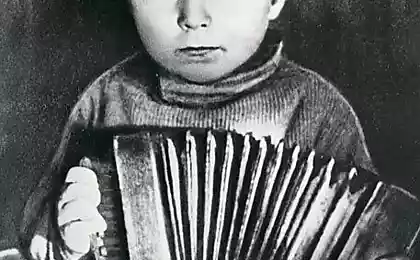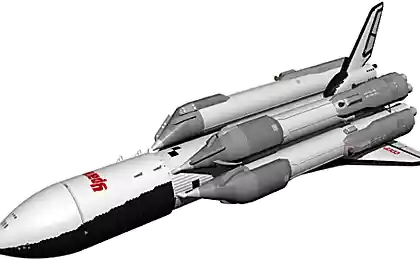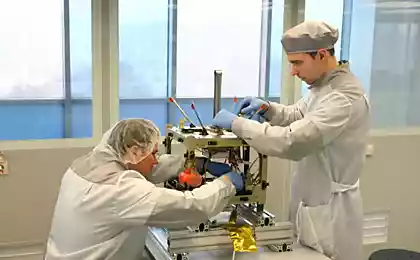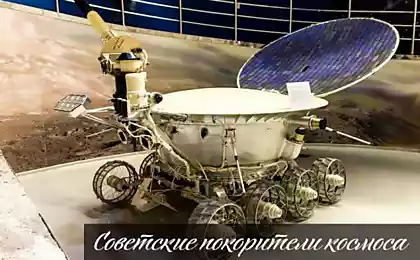1082
Baikonur - 60 years
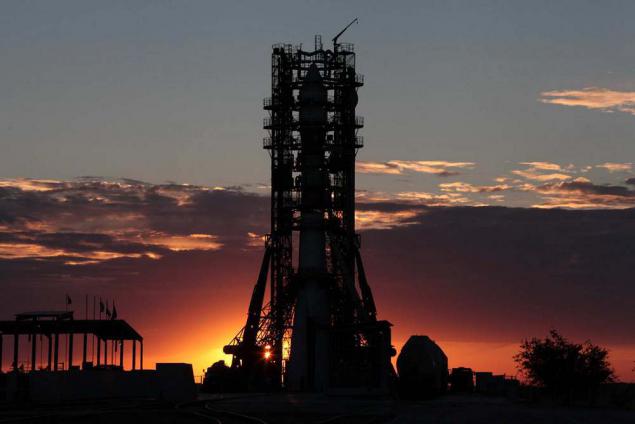
February 12, 1955 the Central Committee of the CPSU and the USSR Council of Ministers signed a joint decree on the establishment near the train station Tyr-Tam in the wilderness Kazakh Scientific Research Test Site №5. In a few years this place has become the world's first and still the largest spaceport, called Baikonur.
Originally intended polygon for testing new intercontinental ballistic missiles. Already in May 1957, the first start-up, and even after 5 months turned into a landfill spaceport - was launched on the same the world's first artificial satellite.

The construction was continuously build new launch pads, assembly shops, accompanying infrastructure, housing for staff and visiting specialists cosmodrome. Regularly conducted test launches. Almost exactly a month after the launch of "Sputnik 1" with the Kazakh plains went into space dog Laika. She became the first living creature sent into space by mankind. True, it was a one-way ticket, because the unit was not designed to return to Earth.

In fairness, all the other "dog" crews - Belka and Strelka, Nigella, crayon and breeze - yet returned home.
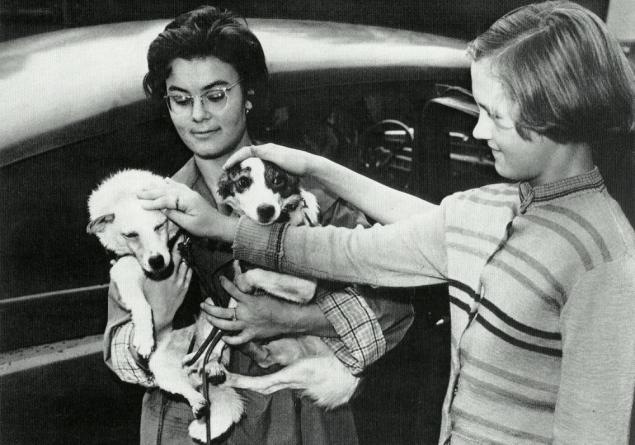
In 1960, the history of Baikonur was written one of the biggest disasters in the history of rocketry: exploded on the launch pad intercontinental missile R-16 killed, according to various sources, from 74 to 126 people, including the Commander of Strategic Missile Forces, Marshal Mitrofan Nedelina.
Just six months after the explosion Baikonur once again made history - from here started the world's first cosmonaut.
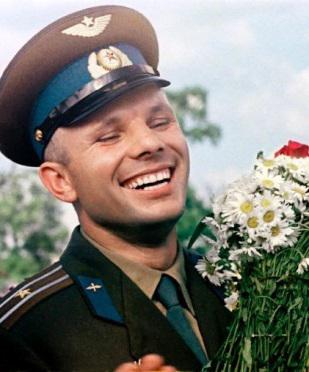
In June 1965 from Baikonur launched the first space rocket heavy class "Proton", developed under the leadership of Vladimir Chelomeya. Perhaps this is one of the most successful launch in the world for half a century of its modifications are used for launching all kinds of payloads, including all of our space stations and components of the ISS.
For example, in April 1971 rocket "Proton-K" put into orbit the world's first manned orbital station "Salyut-1". Alas, the history of this station was tragic. The first crew of astronauts could not go on it because of the lack of tightness of the docking station, causing them to have to return to Earth early. The second crew sent successfully worked at the plant for 22 days, but the return occurred depressurization in the upper atmosphere and the astronauts were killed.

In 1986, construction began on the orbiting station "Mir", which became the last of our "national" space station (hopefully temporarily). In 1995, the "World" was put absolute record of continuous stay in space: Valery Polyakov was in orbit 438 days. Altogether during the operation of the plant on it visited 104 astronauts from 12 countries. In March 2001, "The World" was removed from orbit and sunk in the Pacific Ocean.
In May 1986 at Baikonur was conducted the first test launch of a heavy carrier rocket "Energy". And in November 1988, took off the pride of our space, tandem "Energia-Buran».
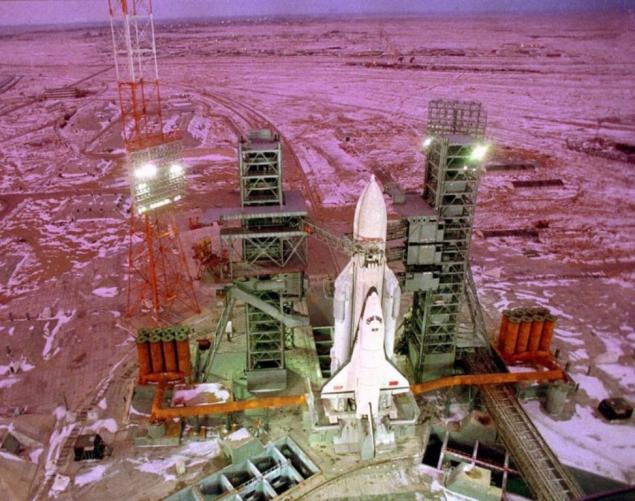
The ship was, according to the US safer their own "Space Shuttle". In addition, "Buran" could sit in a fully automatic mode, under computer control, while the American "Shuttle" in the final stages of landing require direct human intervention. Rocket "Energy" could be used for launching not only the "Buran", but also other goods. However, the enormous cost of development, production and launch of reusable orbiters became unaffordable for a crumbling country, and in 1993 the program was closed.
Today, Baikonur, Kazakhstan is the property leased by Russia up to 2050. Geographical location of the spaceport and developed infrastructure allow you to send him loads on geostationary orbits, as well as ships within space programs. So far, none of our own spaceports it does not fit, although there are plans to transfer such launches into its territory. In the meantime, the Baikonur cosmodrome is the most important for our space industry. And will always remain so due to its unique history, because it is here that was born and developed national astronautics.
Source: geektimes.ru/company/mailru/blog/245764/
YouTube clip marked with murchanem cat as a violation of music copyright
Tesla develops battery for households



